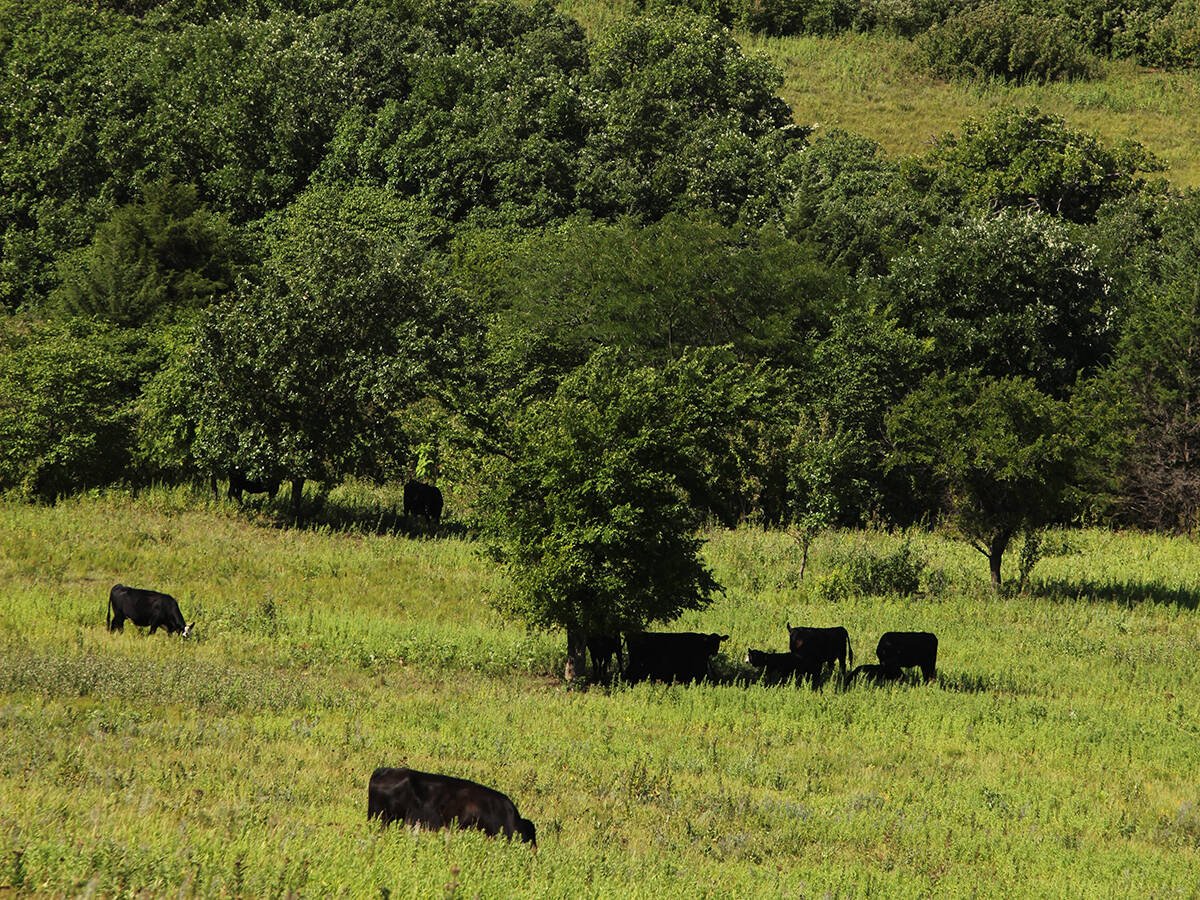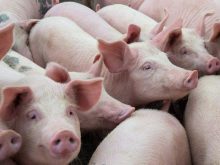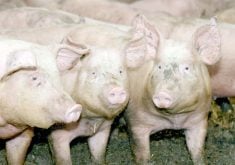RED DEER Ñ Canada remains far ahead of the United States when it comes to livestock identification.
“You have no fear of us catching up with you in the short term at least,” said Michael Coe of Global Animal Management, an American company offering a sophisticated form of livestock ID to U.S. producers.
The six-year-old company associated with Schering-Plough Animal Health offers data management systems mostly to feedlots. The company has developed computer software and a database to store records similar to what is used at the Canadian Cattle Identification Agency.
Read Also

Beef cattle more prone to trace mineral deficiencies
The trace mineral status of our cows and calves is a significant challenge for western Canadian producers and veterinarians.
State veterinarians and staff at the U.S. Department of Agriculture are pushing to identify and plot all premises where animals might reside and identify all mammals, poultry and farmed fish in a variety of ways.
Differences among states remain over how premise numbers might be allocated. Some states want every location where animals are found to be identified and linked to a global positioning system, while others are satisfied using the mailing address.
“It looks very different from what you put in place in Canada,” he said at the annual meeting of Western Stock Growers Association in Red Deer Feb. 17.
The goal is to prevent the spread of disease and it is not linked to country-of-origin labelling laws.
So far in the U.S., any type of identification may be allowed, but government and livestock industries agree it must be an ISO-approved numbering system. Cattle, for example, would carry the U.S. number 840 followed by 12 digits.
Swine and poultry may receive a single lot number indicating where and when the group was assembled.
Coe’s company offers a service where additional information may be attached to the ID numbers. These include birth dates, interstate movement and health tests for tuberculosis and brucellosis. Information needs to be secure to prevent tampering on such data as birthdays.
The electronic system is designed so that as animals move through an auction they can be scanned and recorded almost instantaneously.
Opposition to an animal identification system was strong when the concept was raised a decade ago. After BSE was discovered in the U.S. in December 2003, more producers began to accept the concept.















